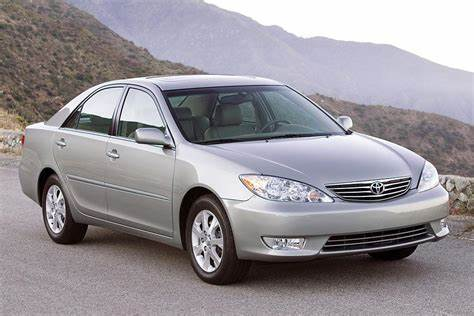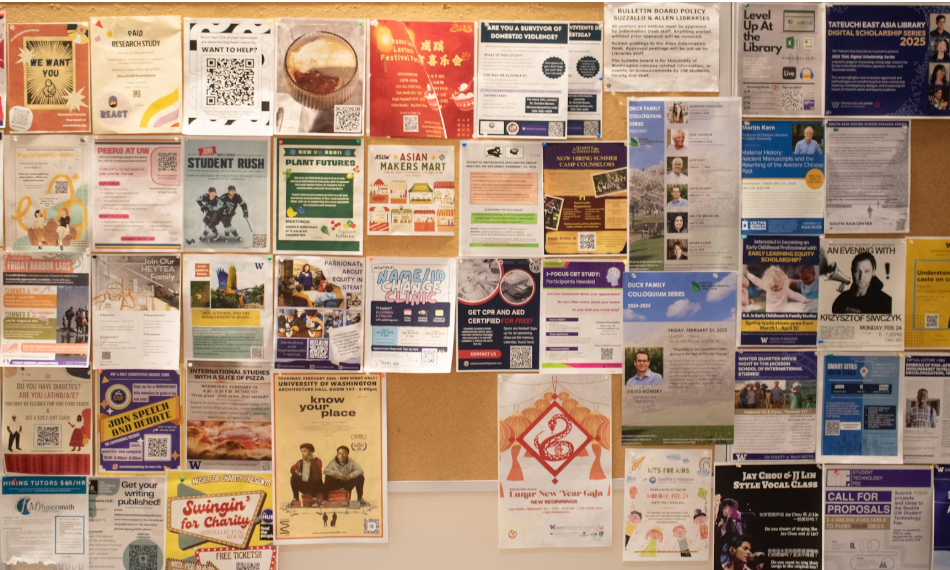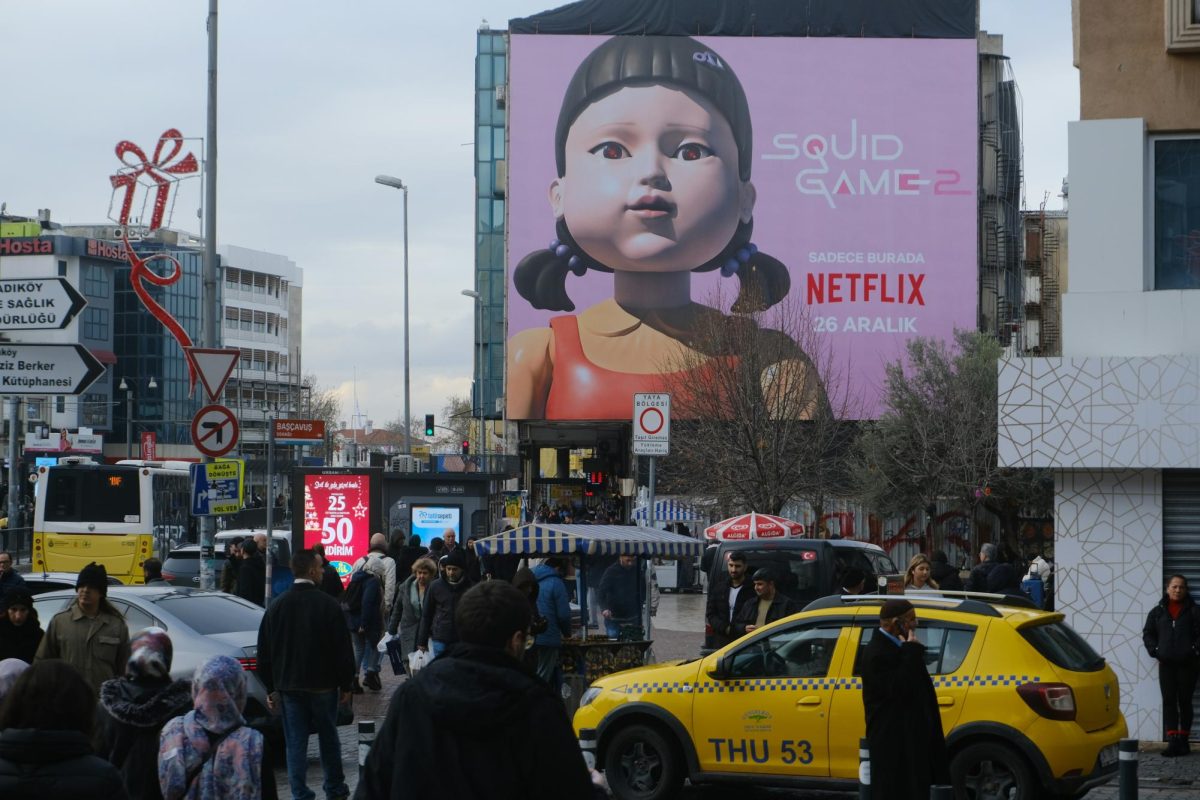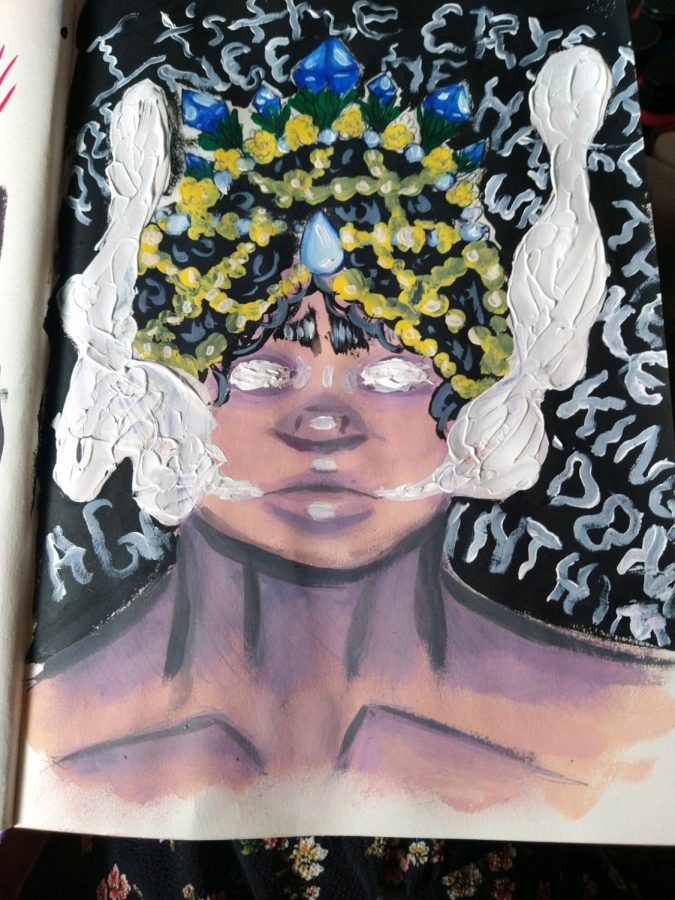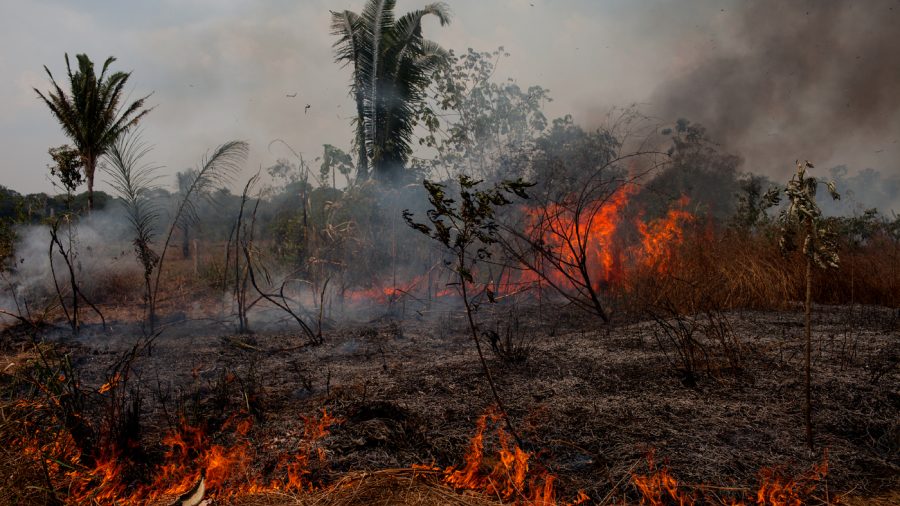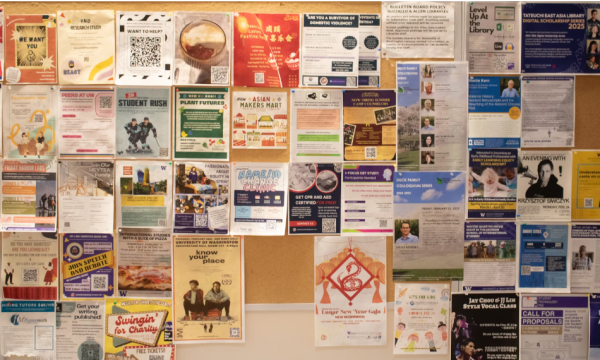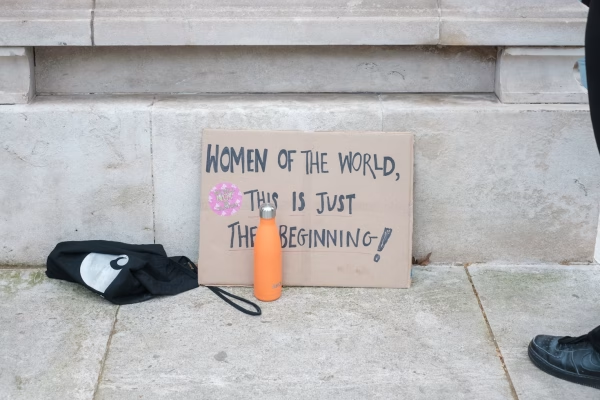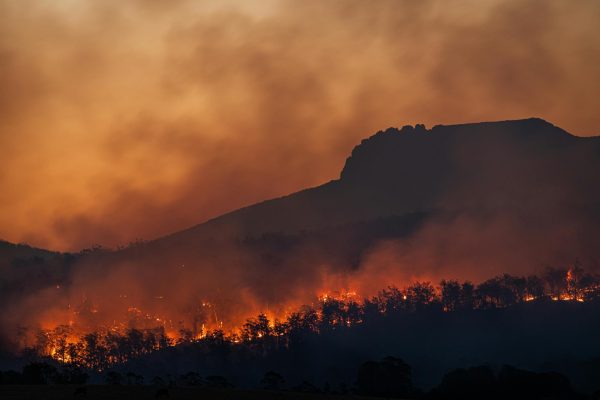Amazon Set Ablaze: Are We to Blame?
According to the National Oceanic and Atmospheric Administration (NOAA), the Amazon rainforest is “fire-resistant” due to its natural humid environment. However, for the past month, the rainforest has been set ablaze.
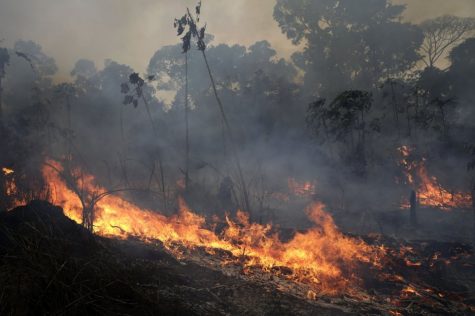
![]() These fires broke out in early August (Washington Post), and for weeks, they have destroyed large portions of the rainforest. Douglas Morton, the chief of the Biospheric Sciences Laboratory at NASA’s Goddard Space Flight Center, states, “Fire activity in the Amazon varies considerably from year-to-year and month-to-month, driven by changes in economic conditions and climate. August 2019 stands out because it has brought a noticeable increase in large, intense, and persistent fires burning along major roads in the central Brazilian Amazon.”
These fires broke out in early August (Washington Post), and for weeks, they have destroyed large portions of the rainforest. Douglas Morton, the chief of the Biospheric Sciences Laboratory at NASA’s Goddard Space Flight Center, states, “Fire activity in the Amazon varies considerably from year-to-year and month-to-month, driven by changes in economic conditions and climate. August 2019 stands out because it has brought a noticeable increase in large, intense, and persistent fires burning along major roads in the central Brazilian Amazon.”
Most of these fires are intentional, and NASA says that drought and human activities are the cause. One common reason for the fires is known as “slash-and-burn agriculture,” which consists of cutting down parts of a forest, allowing them to dry, then setting them on fire. This technique clears out the foliage and creates space for farming and pastoralism (The Verge). With Brazil being the leading exporters of beef (World Atlas), they require more room for raising and slaughtering cattle, and they look to the Amazon for that space.
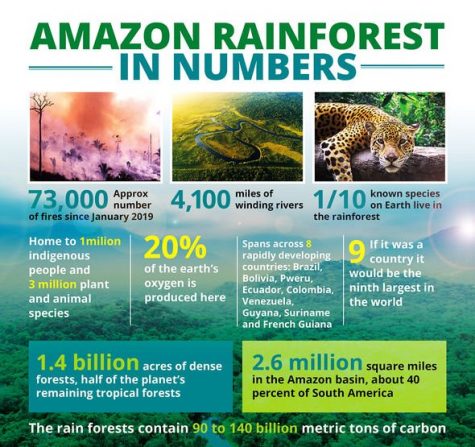
Many people falsely believe that the Amazon rainforest supplies Earth with 20 percent of its oxygen, and with the misleading claim comes the nickname “Earth’s lungs.” According to National Geographic, the Amazon rainforest provides only 6 percent of the planet’s oxygen. Biochemist and author of the 2003 book Oxygen, Nick Lane states, “Even the most foolhardy destruction of world forests could hardly dint our oxygen supply, though in other respects such short-sighted idiocy is an unspeakable tragedy” (The Atlantic).
However, this does not make the destruction any better. Millions of species are at risk, as the Amazon is home to at least 40,000 plant species, 427 mammals, 1,300 birds, 378 reptiles, more than 400 amphibians, around 3,000 freshwater fish, and between 96,660 and more than 100,000 invertebrates (World Wide Fund for Nature [WWF]).
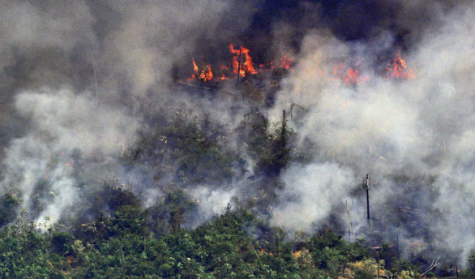
On top of this, the Amazon soaks up carbon dioxide in the atmosphere, and without it, it could have a detrimental effect on climate change. According to Vox, “There are about 90 billion metric tons of carbon embedded in the Amazon, equal to about a decade’s worth of greenhouse gas emissions. So losing the rainforest has a huge potential to warm the planet.”
Many activists criticize the wealthy supporters of the Notre Dame for not paying more attention and donating money to a natural landmark—especially one that cannot be built back like Notre Dame was.
The fires are still burning (CNET). There is no easy fix to stopping the fires and restoring the rainforest, as the root of the problem lies in deforestation and slash-and-burn agriculture. To fix this, businesses need to be held accountable. However, people can help reduce the need for deforestation and intentional fires by consuming less beef and paper (Adventure-Life). Together, we can stop these fires and save our beloved rainforest.

